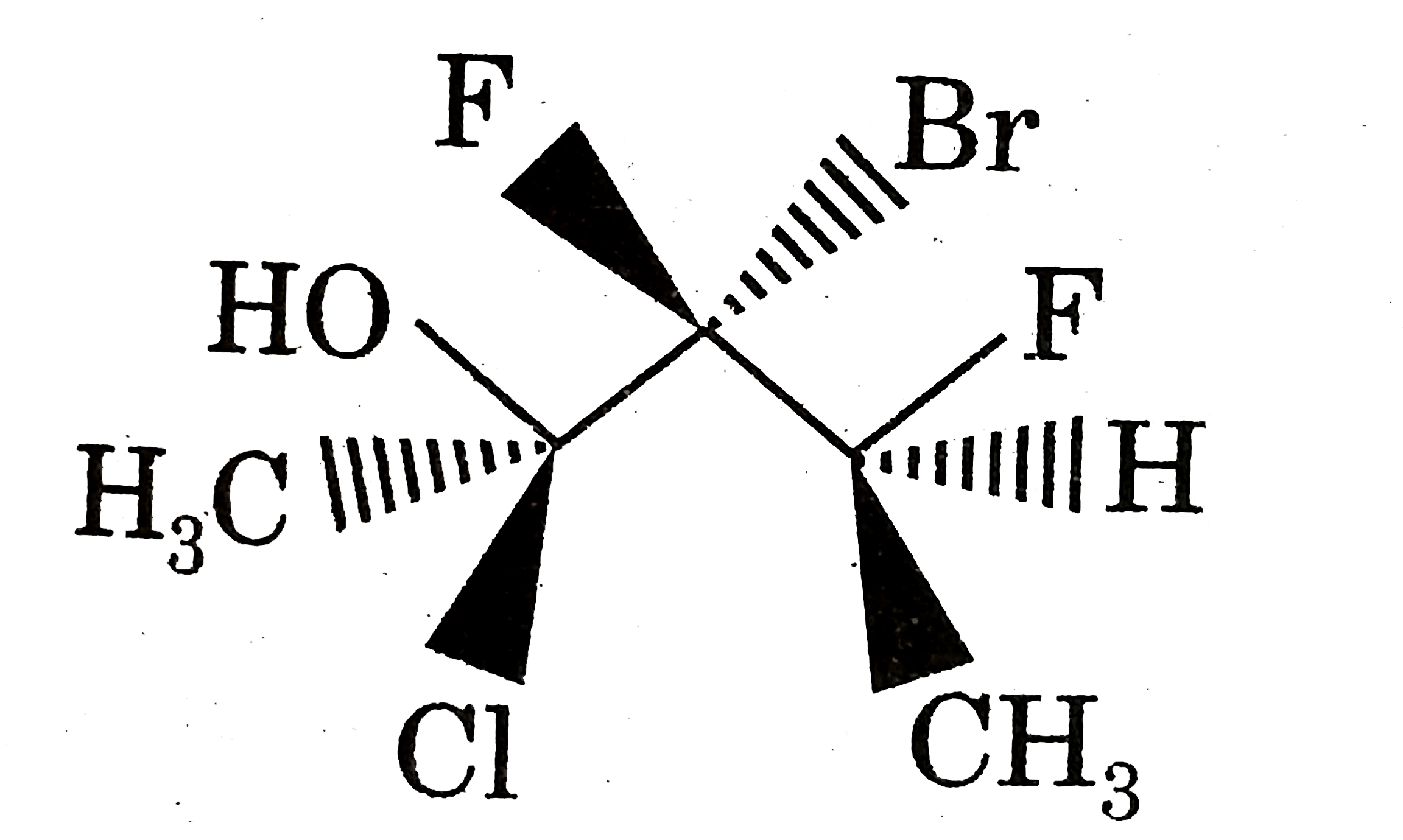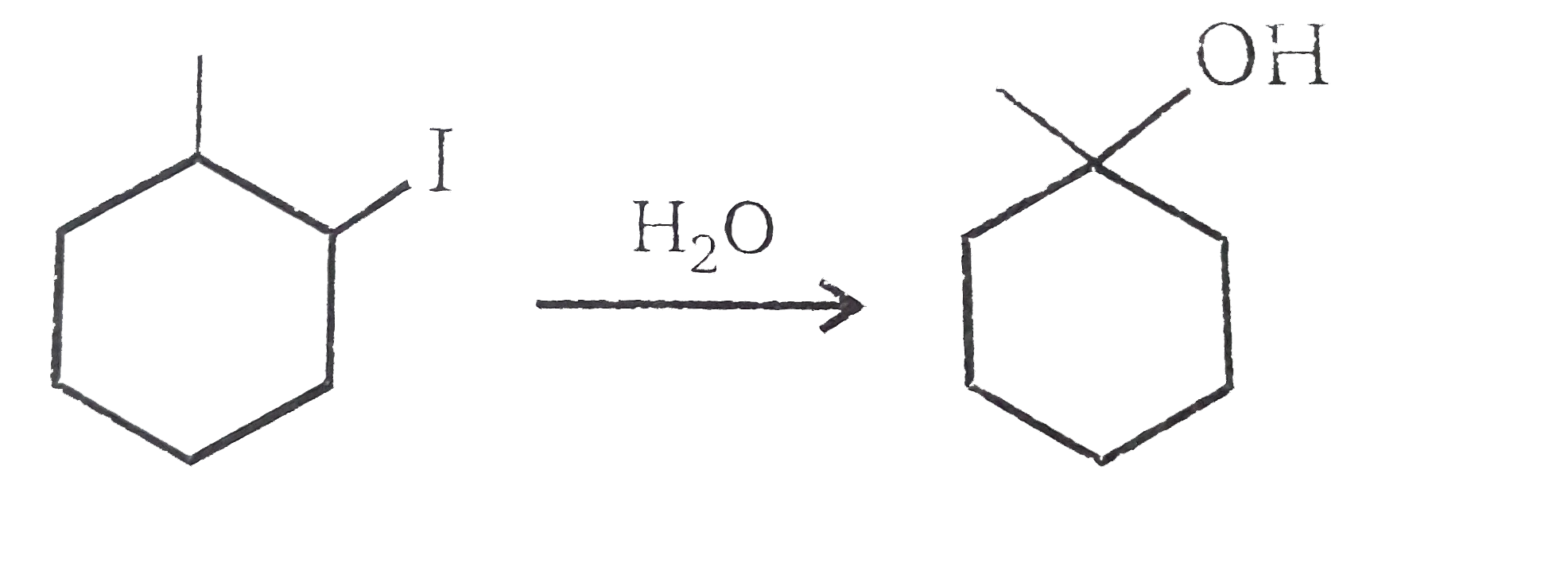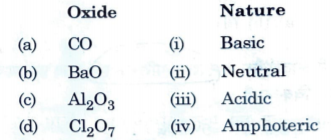Which of the following is amphibolic -
Glycolysis
Oxidative decarboxylation of pyruvate
TCA cycle
Oxidative phosphorylation
The correct Answer is:C
Step-by-Step Solution:
1. Understanding Amphibolic Pathways:
- An amphibolic pathway is one that involves both catabolic (breaking down molecules) and anabolic (building up molecules) processes.
2. Identifying the Options:
- The options given are:
- Glycolysis
- Oxidative Dicarboxylation of Pyruvate
- TCA Cycle
- Oxidative Phosphorylation
3. Analyzing Each Option:
- Glycolysis: This process converts glucose into pyruvate. It primarily functions as a catabolic pathway, breaking down glucose, and does not involve significant anabolic processes.
- Oxidative Dicarboxylation of Pyruvate: This step converts pyruvate into acetyl-CoA and is primarily catabolic, as it breaks down pyruvate into smaller molecules.
- Oxidative Phosphorylation: This process involves the breakdown of NADH to produce ATP. It is also a catabolic pathway, focusing on energy production rather than building molecules.
- TCA Cycle (Krebs Cycle): This cycle involves the breakdown of acetyl-CoA into carbon dioxide and water, but it also produces intermediates that can be used in anabolic pathways (like amino acid synthesis and fatty acid synthesis). Thus, it incorporates both catabolic and anabolic functions.
4. Conclusion:
- Among the options, the TCA Cycle is the only pathway that exhibits both catabolic and anabolic characteristics, making it the amphibolic pathway.
Final Answer: The TCA Cycle is amphibolic.
---
- An amphibolic pathway is one that involves both catabolic (breaking down molecules) and anabolic (building up molecules) processes.
- The options given are:
- Glycolysis
- Oxidative Dicarboxylation of Pyruvate
- TCA Cycle
- Oxidative Phosphorylation
- Glycolysis: This process converts glucose into pyruvate. It primarily functions as a catabolic pathway, breaking down glucose, and does not involve significant anabolic processes.
- Oxidative Dicarboxylation of Pyruvate: This step converts pyruvate into acetyl-CoA and is primarily catabolic, as it breaks down pyruvate into smaller molecules.
- Oxidative Phosphorylation: This process involves the breakdown of NADH to produce ATP. It is also a catabolic pathway, focusing on energy production rather than building molecules.
- TCA Cycle (Krebs Cycle): This cycle involves the breakdown of acetyl-CoA into carbon dioxide and water, but it also produces intermediates that can be used in anabolic pathways (like amino acid synthesis and fatty acid synthesis). Thus, it incorporates both catabolic and anabolic functions.
- Among the options, the TCA Cycle is the only pathway that exhibits both catabolic and anabolic characteristics, making it the amphibolic pathway.
Similar Questions
Knowledge Check
Which of the following is an amphibolic pathway
ATCA cycleBCalvin cycleCTerminal oxidationDETCwhich of the following is not ?
AGelatin solBSilver solCSulphur solDAs2S3 solRespiratory pathway involves both catabolic and anabolic pathways (amphibolic). Various intermediates of the pathway are precursors of various important compounds. Which of the following is incorrect in this respect?
AAcetyl CoA → Terpenes, gibberellinsBSuccinyl CoA → Chlorophyll, cytochromeCOxaloacetic acid → Auxins, insulins, Glut 4Dα-Ketogulutaric acid → Glutamic acid glutamine
Match the following:

Which of the following is the best matched options?
View SolutionWhich of the following is not a product of the following reaction

View SolutionWhich of the following is correct about the following?
View SolutionWhich of the following Fischer projection is the enantiomer of the following molecule?

View SolutionWhich of the following is not exected to be intermediate of the following reaction ?

View Solution

